Pop! _OS or Ubuntu, which one do you prefer?
It's easy to choose one possibility from the list of best Linux distributions. However, comparing two similar Linux distributions usually makes it harder to choose. For example, today we are going to compare Pop! _OS and Ubuntu.
One interesting point here is Pop! The OS is based on Ubuntu. Well, Pop! What is the difference between OS and Ubuntu? Why choose one?
In this article, I will compare Pop! _OS and Ubuntu (both are my favorites).
Note: This article is just to give you some reference points, as the Linux distribution continues to develop and update, there may be changes.
Compare Ubuntu and Pop! OS
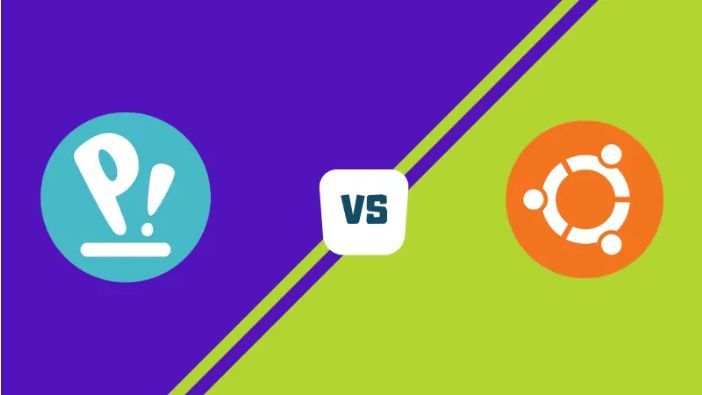
Pop! Finding similarities between _OS and Ubuntu can help you distinguish other differences. So let me start to document some obvious similarities.
Like I mentioned, Pop! OS is a Linux distribution on top of Ubuntu. Therefore, when you use Pop! When OS, you will get all the benefits of using Ubuntu (the core technology is the same thing).
They all provide the GNOME desktop environment by default, so they have a similar user interface (UI).
Some low-level differences will not be involved here, but some important differences will be highlighted.

User experience and themes
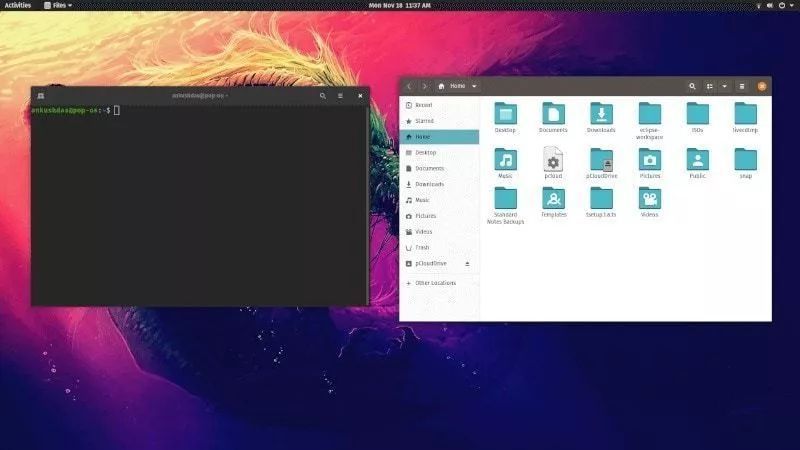
Many users think Pop! OS is just a changed layer of Ubuntu.
In my experience, I think this is not entirely correct.
Yes, they can all run in the GNOME desktop environment, but Pop! _OS feels more beautiful.
In addition to appearance, Ubuntu also customizes the GNOME experience by adding a Dock and more tricks. If you like a customized GNOME experience, you may find it better.
However, if you prefer a pure GNOME experience, Pop by default! _OS will provide it for you.
Unless you try it yourself, I may not be able to convince you. But, in Pop! The overall color scheme, icons and themes in _OS can be said to be a pleasant and advanced user experience.
This may be a subjective thing, but it is what I have observed. You can also check out the video tutorial for Ubuntu 19.10 and check it yourself:

Easy installation of third-party applications
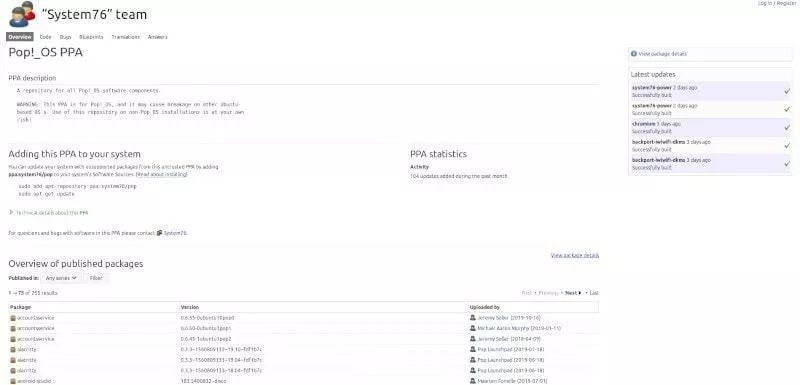
Ubuntu attaches great importance to Snap packages. This greatly increases the number of applications it provides.
But there are some problems with the Snap package. They take up too much disk space and take a lot of time to start.
This is why I prefer to use the APT version of any application.
Why should I tell you this?
Because of Pop! _OS has its own official PPA, so it is enabled by default. You will find some useful applications here, such as Android Studio, TensorFlow. You can use apt-get install and get these tools. Please note that they may be poorly packaged. Android Studio PPA downloads the entire tarball and then unzips it on the system.
Of course, you can also use the same PPA on regular Ubuntu and take advantage of it.
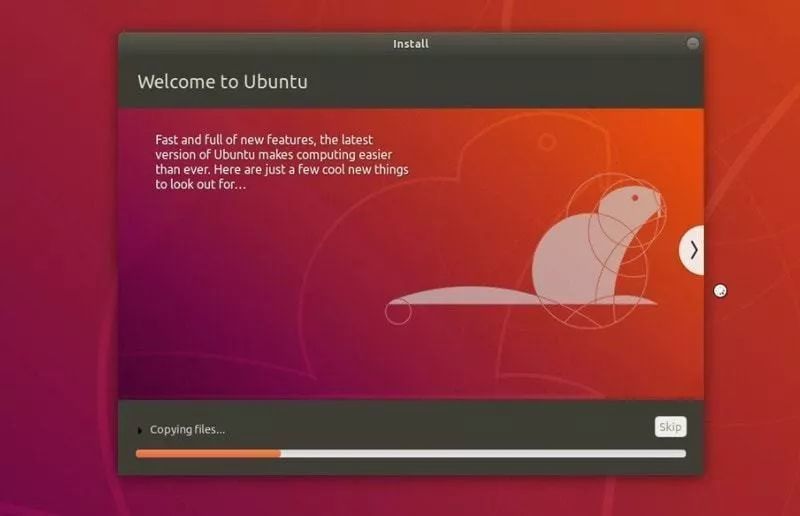
Pre-installed applications installation Ubuntu Linux On Intel Nuc 14 tutorial Ubuntu installation slideshow For some people, it may not be the biggest obstacle, but having a large number of pre-installed applications may affect the experience and performance. Even if it does not affect performance, some users prefer fewer pre-installed applications.
Compared with Ubuntu, Pop! _OS is bundled with fewer default applications.
Again, this is subjective, because if you don't want any bloated software, Ubuntu's Ubuntu Minimal option contains only the basic elements, so you can choose which applications to install.

Snap package supports Snapcraft
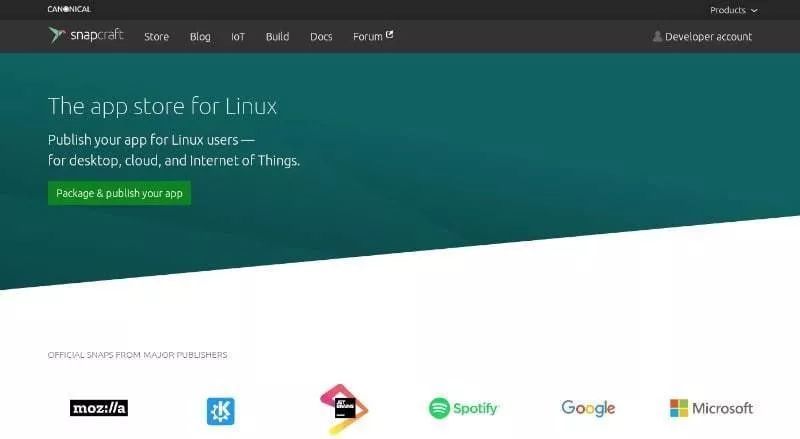
For users who are familiar with snap packages, Ubuntu's software center is a better solution, because you can list snap packages in the software center.
You cannot filter the snap package in the software center, but when you notice a snap package in the software center, installing the snap package becomes easier.
Pop! The OS does support snap packages, but you won’t be in Pop! Find them in the OS store, this is the only difference.
If you are not sure what the Snap package is and its functions, you can check out the article on installing Snap applications on Linux.

Separate NVIDIA/AMD ISO file
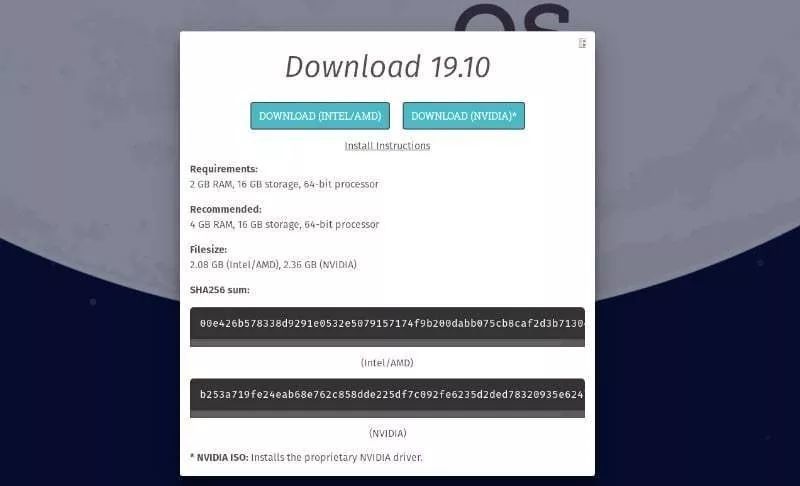
Technically speaking, the Iso Amd Nvidia Pop Os standardization organization is not a part of internal comparison, but a factor that some users care about.
Therefore, it is worth highlighting Pop! _OS provides a separate ISO. One is for systems with NVIDIA graphics cards, and the other is for systems with or without AMD graphics cards.
With Ubuntu 19.10, you can get the NVIDIA driver on the Ubuntu ISO, but there is no such feature on AMD's graphics card.

Reliability and problems
There is no doubt that both distributions are beginner-friendly and fairly reliable. If you want better reliability and fewer problems, you may want to keep the long-term support (LTS) version.
When a new version of Ubuntu appears, Pop! _OS can run on it, and it is possible to solve the problems encountered by users on the original Ubuntu release before performing a new upgrade.
This gives them a little advantage, but it is not substantive, because these fixes can eventually be applied to Ubuntu.

performance
Performance will highly depend on what you have installed and the hardware configuration installed.
Unless you have a super old system, both distributions seem to perform well.
My i5-7400 processor and 16 Gig of RAM (with GTX 1050ti graphics card) swayed together, and I found that the experience on both distributions was good enough.
Of course, you can manually make some optimization adjustments to meet your requirements-if any of them do not work for your hardware configuration.
However, if you want to use a System76 laptop, then buy it, Pop! OS will prove to be the Apple of Linux, because unlike Ubuntu, Pop! The OS has been tailored to its hardware.
Hardware compatibility This is definitely something to consider when comparing other Linux distributions. However, in this case, there is actually not much difference.
Pop! The OS has been customized to fit its own Linux laptops and desktops. If you have a System76 machine, then Pop! OS should be a good choice.

to sum up
Ubuntu is an "evergreen" release that is not hardware-centric. On the other hand, Pop! _OS is a customized release for System76 hardware.
I know it is not easy to choose one of two popular Linux distributions without trying. If possible, I suggest you try both methods while comparing.
What is your choice between the two? Am I missing something in the comparison? You can let me know through the comments.
Only good-looking people can order